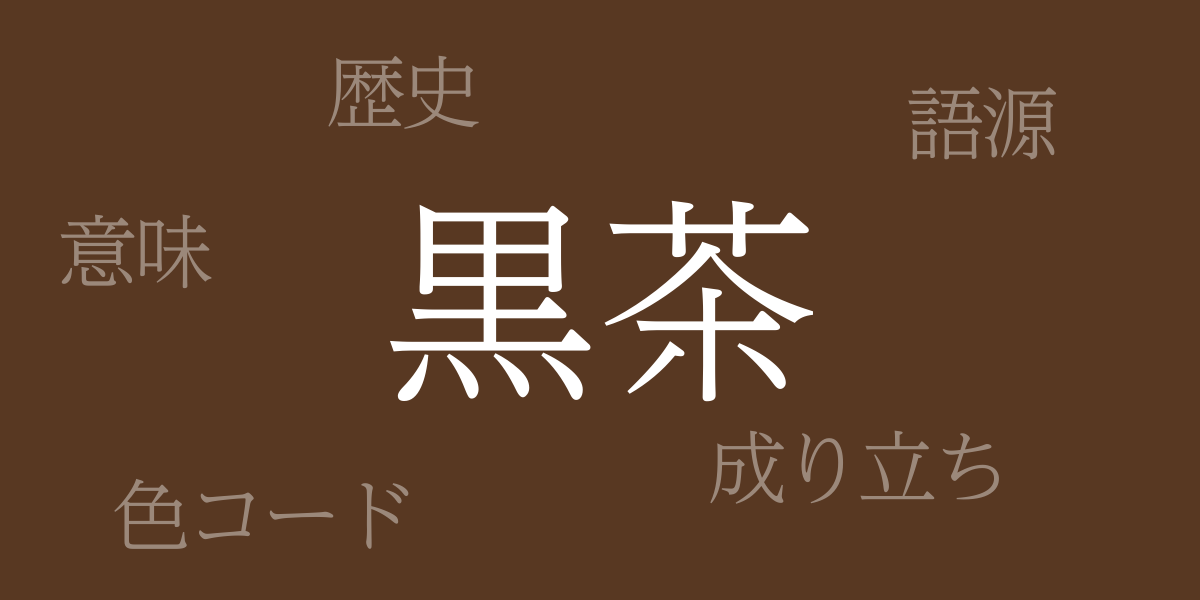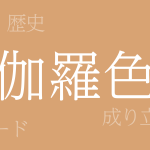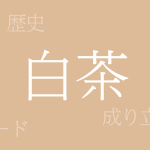Japan’s traditional colors are beloved by designers and artists worldwide. Among them, ‘Kurocha’ (黒茶 – くろちゃ), known for its depth and soothing tones, stands out. This article delves deeply into the allure of Kurocha, exploring its history, color codes, and international names.
About Kurocha (黒茶 – くろちゃ)
Kurocha (黒茶 – くろちゃ), literally ‘black tea’, is a traditional Japanese color resembling a very dark brown. It has a unique depth, creating a calming atmosphere, and is used in various fields such as clothing and interior design. Kurocha harmonizes with nature and is recognized for its traditional Japanese aesthetic.
The History of Kurocha
The history of Kurocha dates back to the Heian period, already a part of Japan’s color culture at that time. In the aristocratic society of the period, color combinations were crucial, and Kurocha was often used as a prestigious color. It was also favored in the warrior class, used in samurai attire and banners, appreciated for its subdued tones.
Color Code of Kurocha
For digital design, the following color codes can be used to accurately replicate Kurocha:
- HEX: #583822
- RGB: R:88 G:56 B:34
- CMYK: C:61 M:76 Y:92 K:41
Western Name for Kurocha
The Western names for Kurocha, ‘Black Tea’ or ‘Dark Brown’, are direct translations and do not fully convey the nuance of the color. Internationally, the names ‘Bistre’ or ‘Deep Taupe’ are considered closer to the actual shade of Kurocha.
Conclusion on Kurocha
Kurocha is one of the colors that convey the traditional beauty of Japan. Its depth and serenity continue to captivate many even today. When using it in digital design or artwork, it is crucial to refer to the color codes provided to replicate the exact shade. Knowing the international names equivalent to Kurocha can also be helpful in global communications. Through this traditional color, we hope you can appreciate the depth of Japanese culture.

























